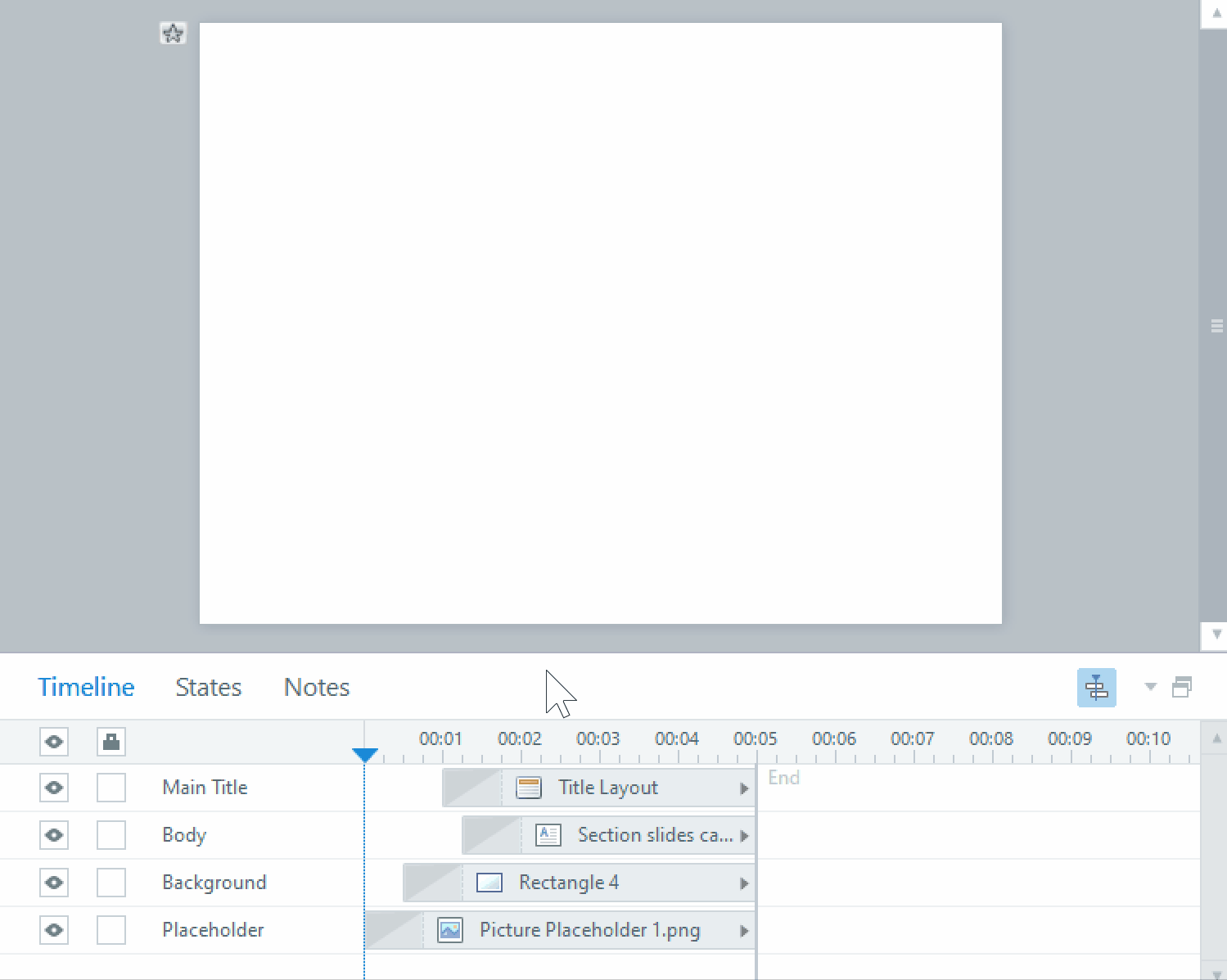Why have your elearning navigation unlocked?

Many of our clients choose to lock the navigation to force their learners to go through all the content, sequentially, until they reach the end. There are a few benefits to doing this with your elearning, such as making sure your learners don’t miss or skip any content. However, there are some very strong reasons to allow your learner unlocked access to the whole elearning.
Learner trust
A large part of why clients ask for locked navigation is that they don’t trust their learners to engage with the material, and that everyone will skip through the course as fast as possible. This indicates that the client doesn’t have faith in their learners to be engaged, nor that their elearning will be relevant and engaging for the learner.
Different learning styles
Unlocking the navigation allows your learners to interact with the content in the order and way that is most effective for their learning style, which may not be in the linear sequence that it’s presented. Some learners might prefer to skim the whole module before going back in for a closer look at the details. Some learners like to bounce around different topics, some learners want to go straight to the activities.
This also takes into account the speed at which different learners might view the elearning. A learner who is taking the course as a refresher wouldn’t need to go through as much material as someone taking the course for the first time.
Giving your learners the opportunity to engage with the content as they see fit is in itself a form of engagement and helps with learner retention.
Focus on goals and objectives
Always keep in mind that the goal of your elearning is to teach your learner something, and that they are able to demonstrate the level of understanding that your client needs. Exposing your learner to pages of text doesn’t mean that they are learning anything. They might as well be reading the text version of your training manual or policy document. Instead, center your elearning around activities for your learner to demonstrate that they understand what they need to do with that information. Present scenarios or problems to your learner where they have to make decisions and to apply what they know.
For more on effective elearning design, keep watching this space, or contact us today!
















